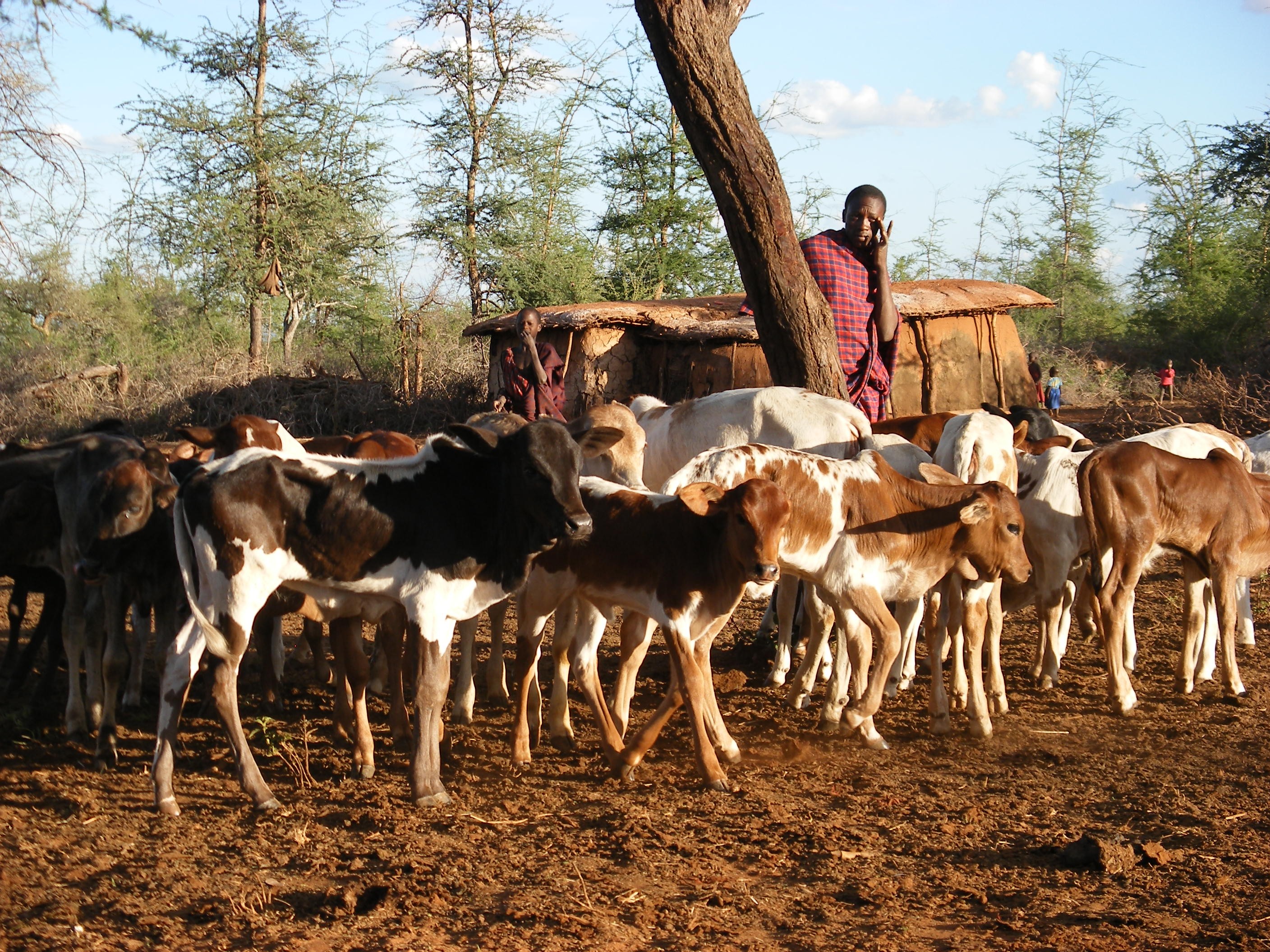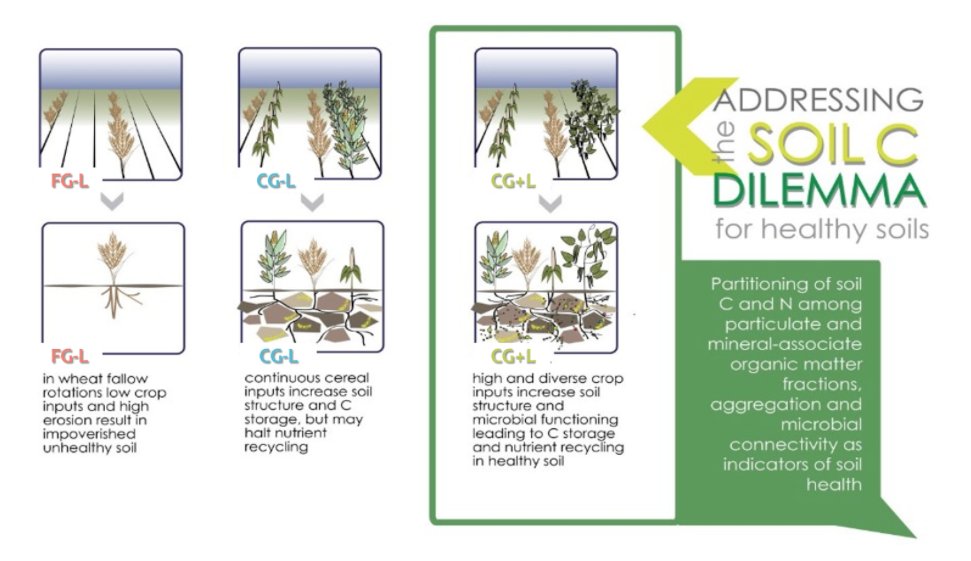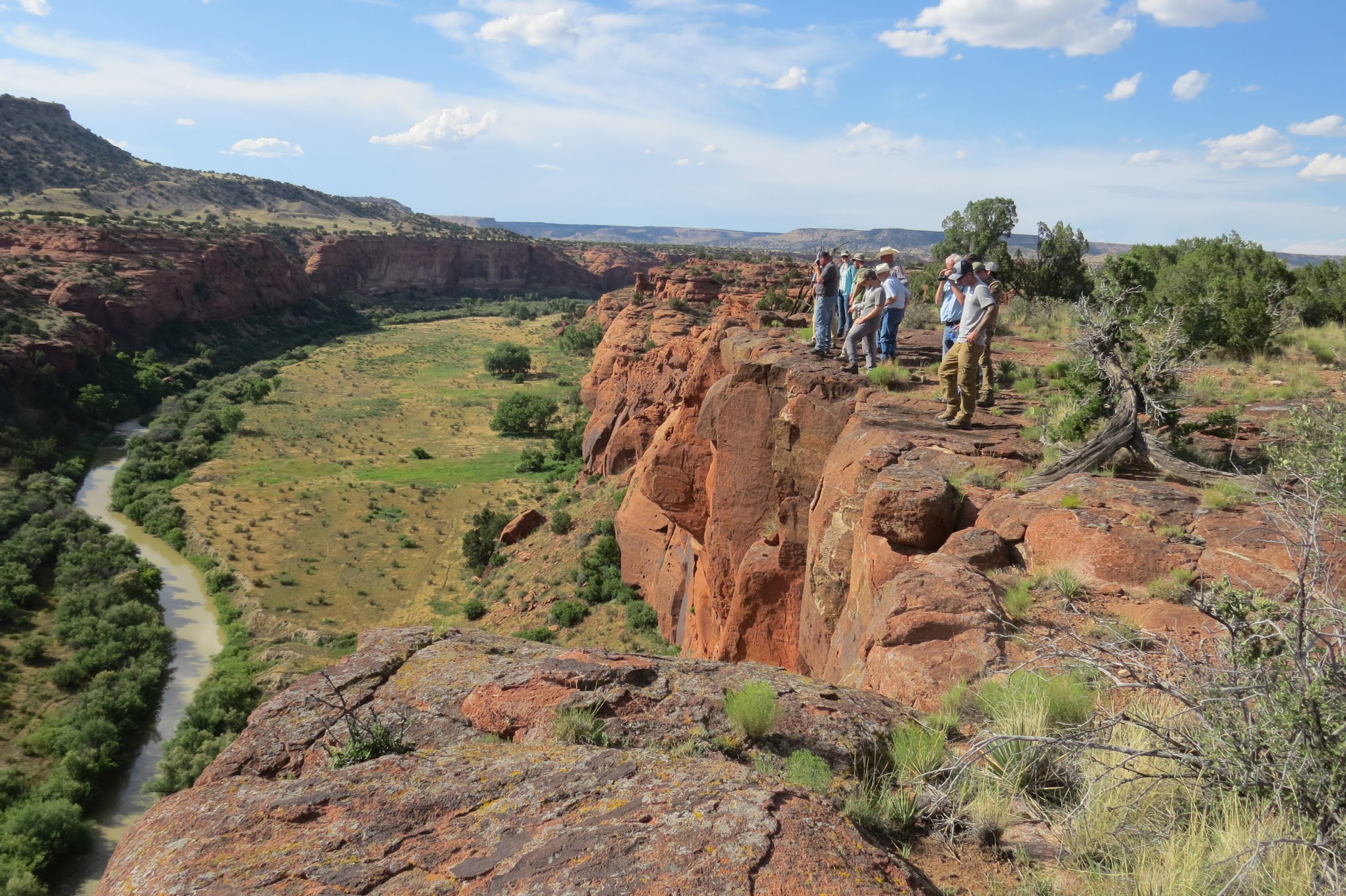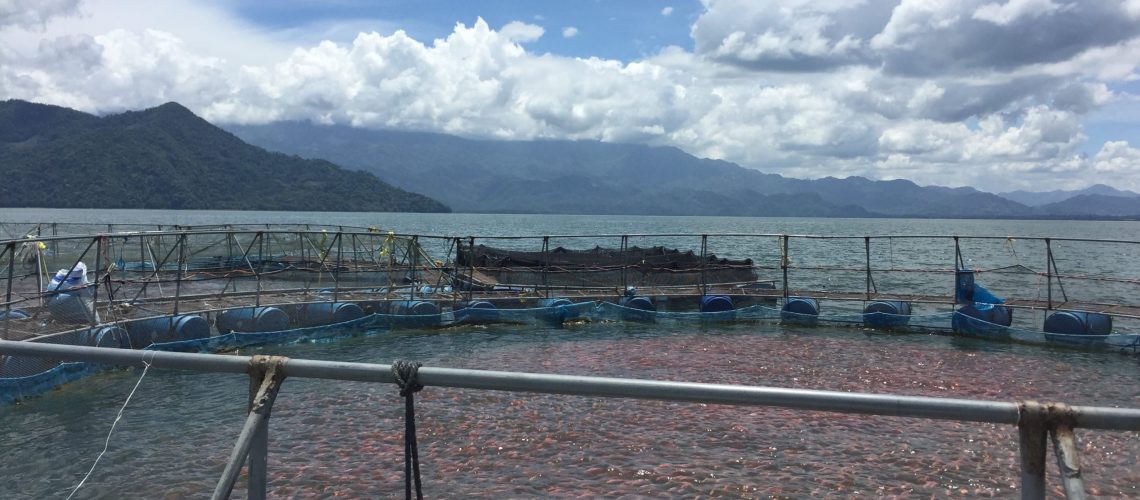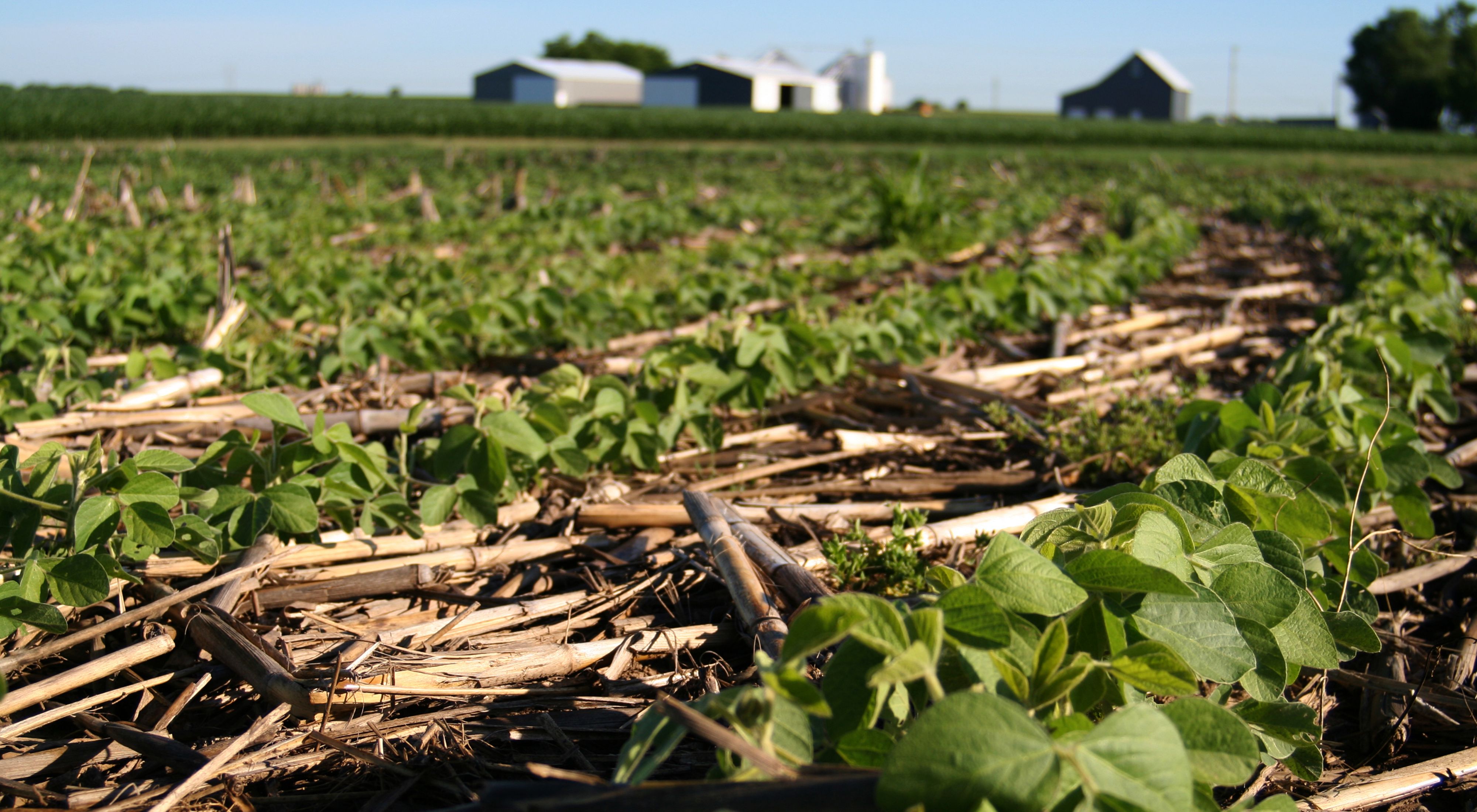NREL science enables farmlands, rangelands and other food production systems to thrive in a changing world, along with the people who depend on them for food, fiber and livelihoods.
Achieving food security, the state where everyone has reliable access to affordable, nutritious food, while protecting the natural resources upon which agriculture depends, continues to be one of humanity’s principle obstacles.
Introduction
Highly productive agricultural systems are a hallmark of the modern era, particularly in developed countries. But feeding our growing global population in the face of climate change and increased water scarcity is a daunting challenge. U.S. agricultural productivity has more than doubled since 1950, driven by revolutionary technologies, improved soil management, fertilizers, effective pest control, and crop breeding. But these advances have brought about threats to the environment and society: substantial greenhouse gas emissions, damaging nutrient and pesticide pollution, exacerbating soil erosion, salinization and degradation, and alarming pressure upon water resources.
Achieving food security, the state where everyone has reliable access to affordable, nutritious food, while protecting the natural resources upon which agriculture depends, continues to be one of humanity’s principle obstacles. Despite worsening land and water scarcity, the UN Food and Agriculture Organization (FAO) estimates that global agricultural output must increase 70% over the next three decades to meet the demands of a growing global population, which shall surpass 9 billion by 2050, and also due to increasing affluence. NREL is working with colleagues from other institutions, corporations, NGO’s, and farmers, to develop new approaches to provide food security for a growing population while protecting soil, water, and air resources so that productivity advances can be sustained far into the future.
NREL scientists conduct studies evaluating long-term impacts of agronomic practices on crop yields and livestock forage, agro-ecological constraints to climate change adaptation and mitigation, and unique land and water management approaches in dynamic, global agricultural systems. Sustainable solutions for local and global food challenges depend upon practical synthesis of this research and engagement with agricultural communities and farmers large and small. This page provides some specific examples of food security research underway at NREL today.
Microbiology offers farmers sustainable new options to increase productivity
Soil microbes play crucial roles in soil nutrient cycling and retention of organic matter. Beneficial microbes have the potential to increase crop yield while decreasing the need for chemical inputs. Large-scale application of microbial biostimulants may offer an exciting new opportunity to increase yields without increasing fertilizer inputs, helping to meet the bourgeoning demand for sustainable food production. NREL researchers Dr. Matt Wallenstein and Dr. Rich Conant are actively translating these advancements into real-world solutions.
“It starts with a shift in thinking”, says CSU researcher Dr. Matt Wallenstein. “Instead of focusing on soil quality, as we have for years, we need to focus on soil health.” That shift, Dr. Wallenstein explains, recognizes the importance of soil biology its ancillary benefits, such as soil carbon retention. Wallenstein and NREL colleague Dr. Rich Conant are at the leading edge of the movement to develop next-generation microbial biostimulants that increase nutrient availability in soil. Together they have founded Growcentia, a company dedicated to large scale sale and distribution of their growth-
stimulating soil amendment. Growcentia is the first business to spin off from the CSU Warner College of Natural Resources based upon a patent-pending technology developed by NREL scientists.
Recent technological advances in genomic, proteomic, and metabolomic tools—combined with increased computing power—have revolutionized our understanding of soil microbial function. But the scientific advancements are only part of the solution. In order to stimulate real-world applications of their advancements, Wallenstein and Conant have developed relationships with the biggest names in food and agriculture. Colorado-based Mozzarella cheese and dairy ingredients manufacturer Leprino Foods Company for example, is supporting research to turn production byproducts –into soil amendments that could increase soils’ capacity to store moisture, which could have enormous benefits for agriculture in the arid West. Leprino’s specialized byproduct generation is just one example of industrial-scale waste products that could be reused to increase the efficiency of agriculture, leading to a more sustainable food system.
Informing Farmers About Ways to Minimize Environmental Impacts of Food Production
NREL science is also responding to shifting food markets. Consumers increasingly demand reassurance that their food is grown with minimal environmental impact, using fewer chemical inputs. Major food producers and retailers are acknowledging that customers will pay premiums for foods grown with lesser reliance on agrochemicals, lower environmental impacts, and fewer health risks to farmworkers and consumers. NREL scientists, Drs. Keith Paustian and Stephen Ogle, are leading the way in developing metrics and tools for assessing the environmental impact of agricultural production. For example, extension agents and farmers can enter information about crops and field operations into the COMET-FarmTM decision support tool to measure their greenhouse gas emissions. Agriculture accounts for nearly 20% of GHG emissions globally; this tool can be used to analyze management options for reducing GHG emissions from agriculture.
Paustian and Ogle are also studying the impacts of climate change on food production in the U.S. in collaboration with scientists from Cornell, Colgate and Columbia Universities. The effect of climate change on agricultural production is modeled using the DayCent ecosystem model combined with a model of alternative management
practices that could be adopted by farmers. The resulting patterns are used to inform a third model, of the agricultural economic sector, that will forecast agricultural production, associated greenhouse gas emissions, and nutrient leaching into waterways. The economic model can also evaluate the capacity of government programs and policies to enhance sustainable food production and efficiently and effectively limit emissions. This ongoing research could influence revisions to the U.S. Farm Bill, and enable state and local governments to develop policies and programs to enable sustainable crop production.
Research is also underway to evaluate microbiome processes associated with carbon-sequestering soil amendments. In recent years the use of biochar, the solid waste product of biomass energy conversion, has been championed as a scalable method to sequester large amounts of carbon in agricultural soils, preventing dissipation into atmospheric CO2 and simultaneously benefiting soil health. At NREL, Dr. M. Francesca Cotrufo and several other scientists are studying how biochar amendments may enhance water and nutrient retention in soil, which may enhance food production for growers.
Balancing Food Production and Wildlife Conservation in East Africa
Researchers Drs. Robin Reid, Kathleen Galvin and Stacy Lynn carry out work on food security in East African dryland areas where the local livelihoods of traditional pastoral livestock herding and other land uses are intertwined with wildlife and landscape conservation, land use policies and national development agendas. In these regions, residents report that decreased mobility and loss of access to resources threaten livestock-based livelihoods, and that both policies and climate factors that restrict their options can reduce productivity and lead to extreme hardship. In Kenya, the establishment of conservancies is expanding, allowing communities to become more involved with localized approaches to protecting wildlife and deriving income from conservation, while maintaining traditional food production, in an effort to balance the needs of livelihoods and conservation. NREL researchers work in collaboration with local stakeholders to research resource-use compromises and to promote sustainable livelihoods and food production into the 21st century.
